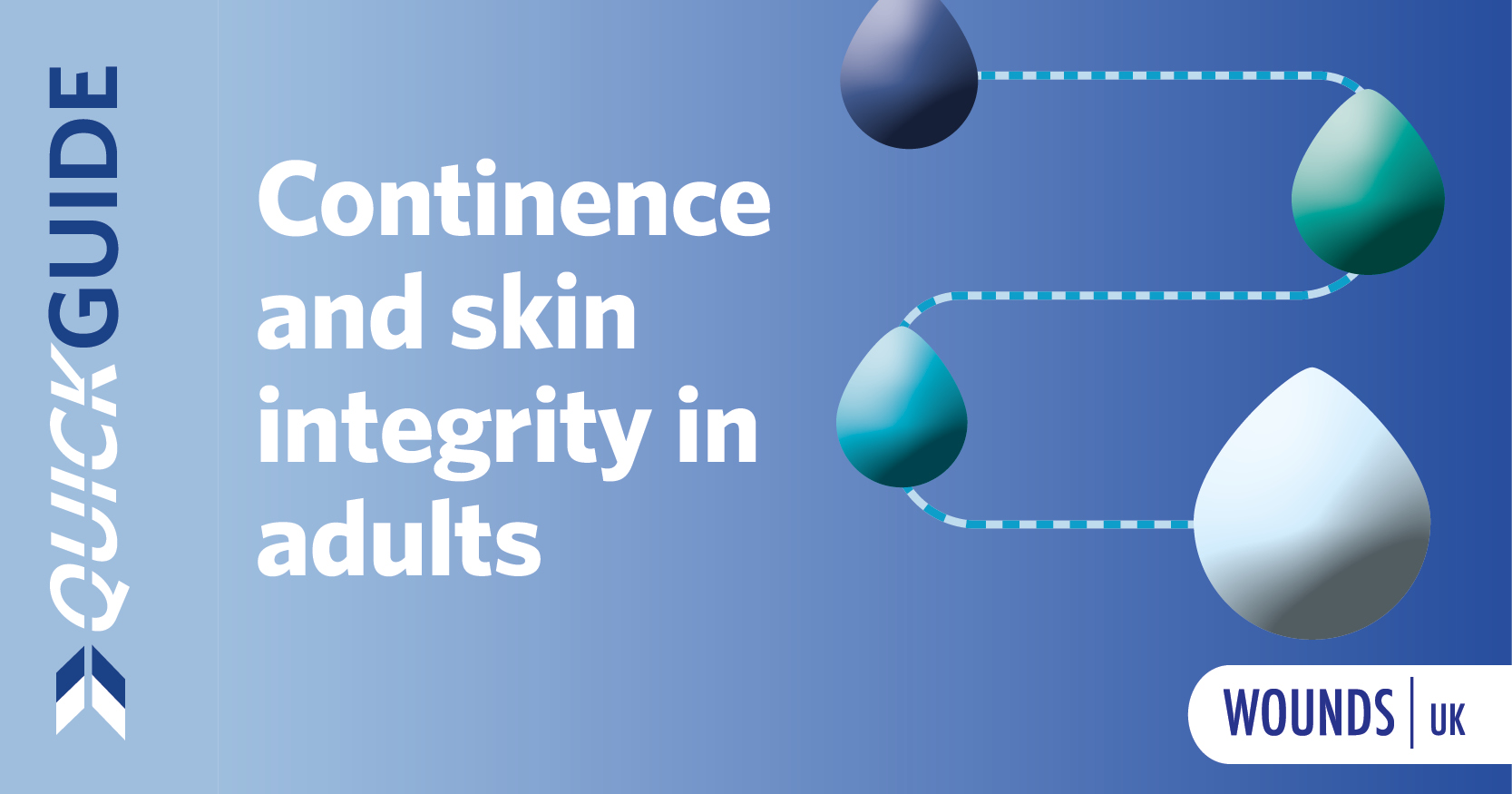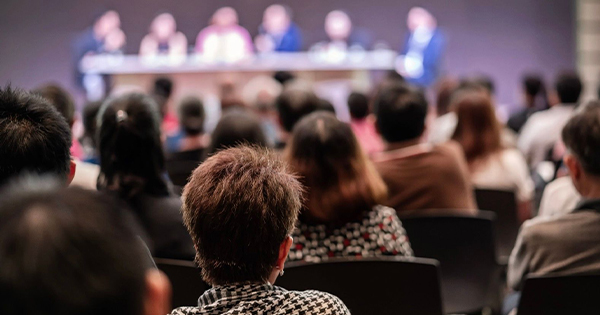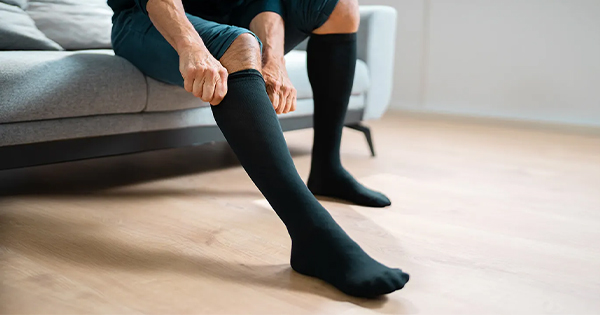Vacuum assisted closure (VAC) has gained widespread acceptance over recent years for the treatment of chronic or delayed wound healing. It seals the wound from the environment and stimulates healing by applying topical negative pressure to the wound surface. It is thought to act via a number of mechanisms including stimulation of blood flow, removal of bacteria, and generation of a wound environment that allows healing. This review considers the evidence on the VAC mode of action in relation to clinical results to describe a model of how it enhances the healing of difficult wounds.




